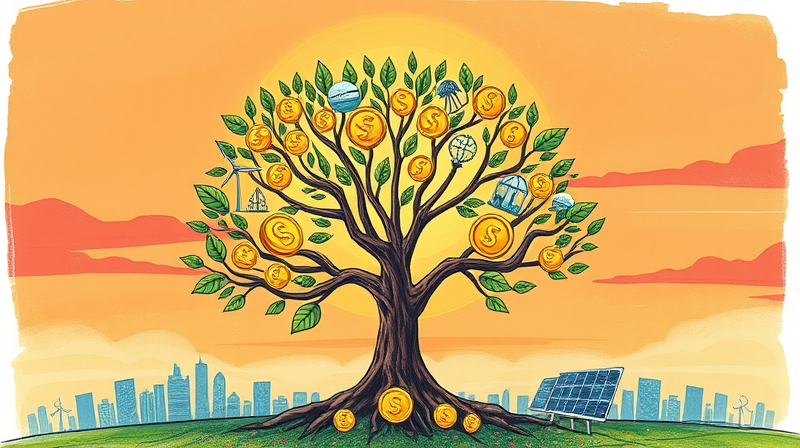
Peer-to-peer lending has emerged as a transformative way to channel capital directly to individuals and businesses. By bypassing traditional banks, this model offers investors an opportunity to unlock higher returns than savings accounts and make a genuine difference in borrowers’ lives.
This article explores the mechanics, benefits, risks, and future trends of P2P lending, providing practical guidance for those eager to diversify their portfolios and support entrepreneurs globally.
Peer-to-peer lending, also known as social or crowd lending, allows individuals to lend money directly to other individuals or small businesses through online platforms. Established platforms like LendingClub or nonprofit alternatives like Kiva have democratized access to credit and investment opportunities.
The core principle involves matching lenders with borrowers, establishing transparent terms, and facilitating repayments. This model has grown rapidly thanks to digital platforms that streamline credit assessments and fund transfers, enabling diversification across asset classes and financial inclusion.
Understanding the P2P lending process is crucial for both novice and experienced investors. Here is a step-by-step overview:
Some platforms offer automated investing tools that use preset criteria to allocate capital across multiple loans, while others allow manual selection for a more personalized approach. Automation and human oversight combine to deliver automated risk assessment and enhanced portfolio diversification.
Compared to conventional bank loans, P2P lending offers several key differences:
However, P2P lending also carries unique risks related to borrower defaults and platform solvency. Proper due diligence and portfolio construction are essential to balance potential rewards against inherent challenges.
Historical data demonstrates that P2P lending can deliver competitive returns. The table below summarizes average annual returns across different categories:
These figures are net of defaults and fees. Investors using optimized strategies, such as geographic and sector diversification, can achieve emerging market expansion and enhanced yields while controlling downside risk.
The P2P lending market has experienced exponential growth fueled by digital innovation and investor demand. Key metrics include:
Drivers of this growth include increasing financial digitization, mobile technology penetration, and investor appetite for alternative asset classes. Platforms are expanding services, incorporating financial education, and enhancing user interfaces to sustain momentum.
Investing in P2P lending offers multiple advantages:
No investment is without risk, and P2P lending presents unique challenges:
By investing across platforms, monitoring loan grades, and keeping a long-term perspective, investors can manage these risks effectively and achieve consistent performance.
The credibility of a P2P platform hinges on robust regulation and transparent operations. Key considerations include licensing, investor protection mechanisms, and compliance with financial authorities. Platforms operating under strict regulatory frameworks tend to offer greater safeguards, such as reserve funds or buyback guarantees, which can reduce potential losses.
Before choosing a platform, research its history, user reviews, default statistics, and any regulatory actions or audits. Opt for fully regulated platforms with a proven track record to ensure your investments are secure.
Innovation is reshaping the P2P lending ecosystem. Artificial intelligence and machine learning enable platforms to analyze vast datasets for more accurate credit scoring and fraud detection. Web 3.0 technologies, including blockchain, promise to enhance transparency, reduce transaction costs, and secure borrower-lender agreements through smart contracts.
Impact investing features are gaining traction, allowing investors to target loans with specific social or environmental objectives. Property crowdfunding and green energy financing represent rapidly growing segments that align financial and ethical goals.
These advancements create new opportunities for investors seeking both returns and positive global outcomes, positioning P2P lending at the forefront of financial innovation.
Entering the P2P lending arena can be straightforward if you follow these guidelines:
By progressing methodically, you build confidence and gain insights into which strategies deliver the best performance.
What average return can I expect? Typical net annual returns range from 5% to 9%, with some advanced strategies achieving up to 13% or more.
Is P2P lending secure? While no investment is risk-free, choosing reputable, regulated platforms and diversifying can mitigate many risks.
How liquid are P2P investments? Loans are relatively illiquid until maturity, though some platforms offer secondary markets to trade loan parts.
Can I invest globally? Many platforms allow cross-border investments, but be aware of currency risk and regional regulations.
What role does technology play? Advanced algorithms and blockchain solutions enhance credit evaluation, security, and operational efficiency.
Peer-to-peer lending stands at the intersection of finance, technology, and social impact, offering a powerful opportunity to grow wealth while empowering individuals and communities around the globe.
References













